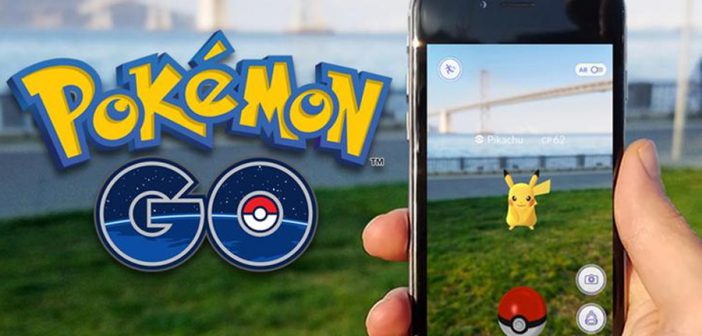Pokemon Go is the phenomenon in gaming this year – all you have to do is look around local parks and sidewalks at the hundreds gleefully catching monsters on their phones. My kids are no exception.
As a mom, I am glad they are having fun outside. But as a tech CEO, I can see how the Pokemon Go phenomenon has everything to do with the way companies from The Washington Post to Starbucks are boosting their bottom lines.
Article of faith
As traditional brands struggle, United States mobile gaming continues to thrive with 2015 revenues surpassing $3 billion, according to eMarketer. And the smart brands are taking notice.
Amazon founder/CEO Jeff Bezos has been using games to monetize his latest acquisition: that most venerable and strait-laced of American institutions, The Washington Post.
In 2015, the publisher released “Floppy Candidate,” a politics-themed spoof on the insanely popular “Flappy Bird” game, and it was a hit with both users and the boss.
“He [Mr. Bezos] played with it a ton and laughed,” Joey Marburger, the paper’s director of product, told New York Magazine in June.
Mr. Bezos even suggested creating a game that would allow readers to erase vowels from articles that they did not like.
That idea may not have been adopted, but last December, The Washington Post proudly announced that its digital readership had surpassed The New York Times.
Mr. Bezos’s message to competitors? Game on.
Games people play …
The best games are not just on our phones. They are present in our daily social interactions and retail relationships.
For example, when the Starbucks rewards program introduced stars that fell neatly into place on your screen when you ordered a vanilla latte and the points racked up? That was a game technique.
In March, General Mills partnered with Blippar to create an augmented reality game that allowed users to help Superman or Batman save their city. And Krispy Kreme, promoting its Real Strawberries product line in South Korea, created an incentivized Facebook game that boasted a phenomenal 88 percent engagement rate.
… and making them pay
But games do not just cajole consumers into reaching for their wallets. They generate a trove of real-time performance and analytics feedback – data you can use to double down on successes and fix problems.
For brands such as The Washington Post, that means improving key metrics including time-spent-on-site, bounce rates, and shareability – all while entertaining consumers and boosting brand affinity.
For your brand, it may mean higher conversion rates, creating a viral experience or improved search engine optimization.
WE ARE SEEING industries from consumer packaged goods to media and fashion capitalize on games and gaming techniques.
In the future, my children will probably look back on mobile games as fondly as their dad and I do on arcade machines.
But today, smart brands are harnessing this trend to engage and satisfy their customers, boost their bottom line, and keep pace with the broader culture. And if our kids happen to think what we are doing is cool, well, that is just a bonus.
This article first appeared in www.luxurydaily.com


